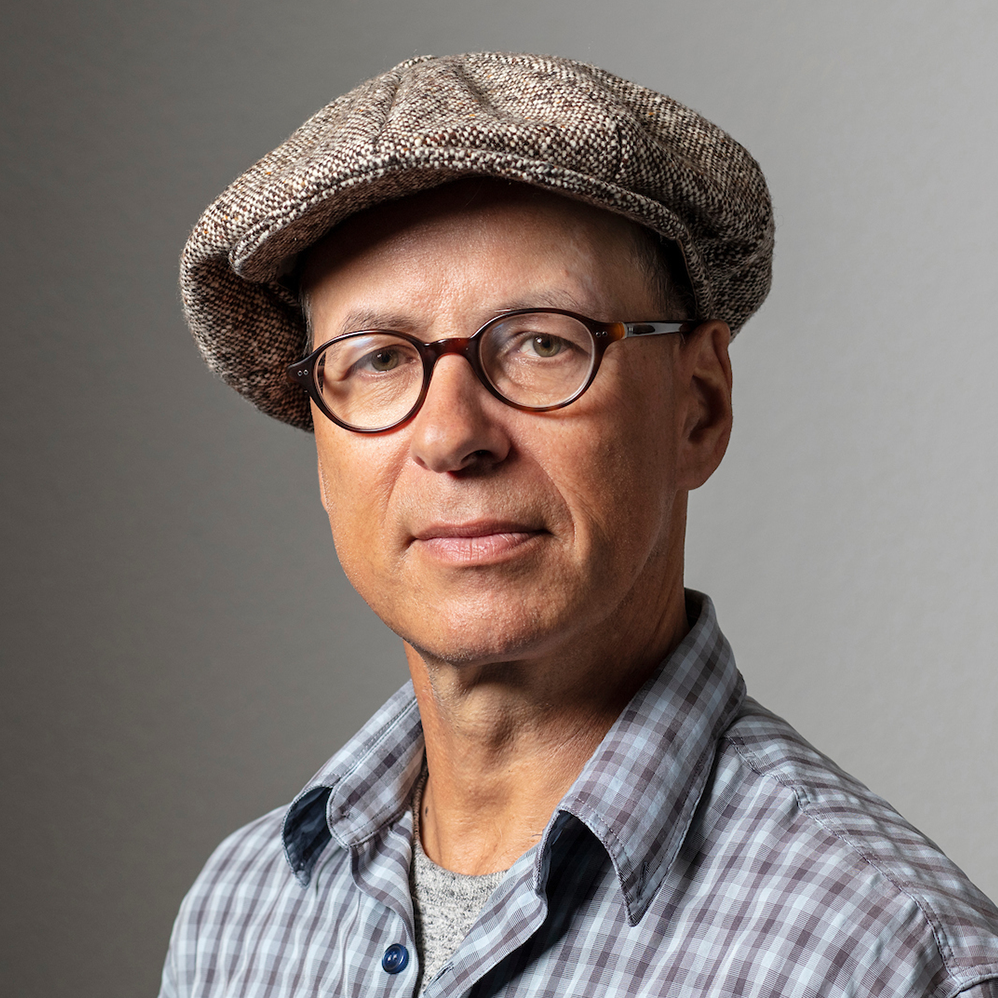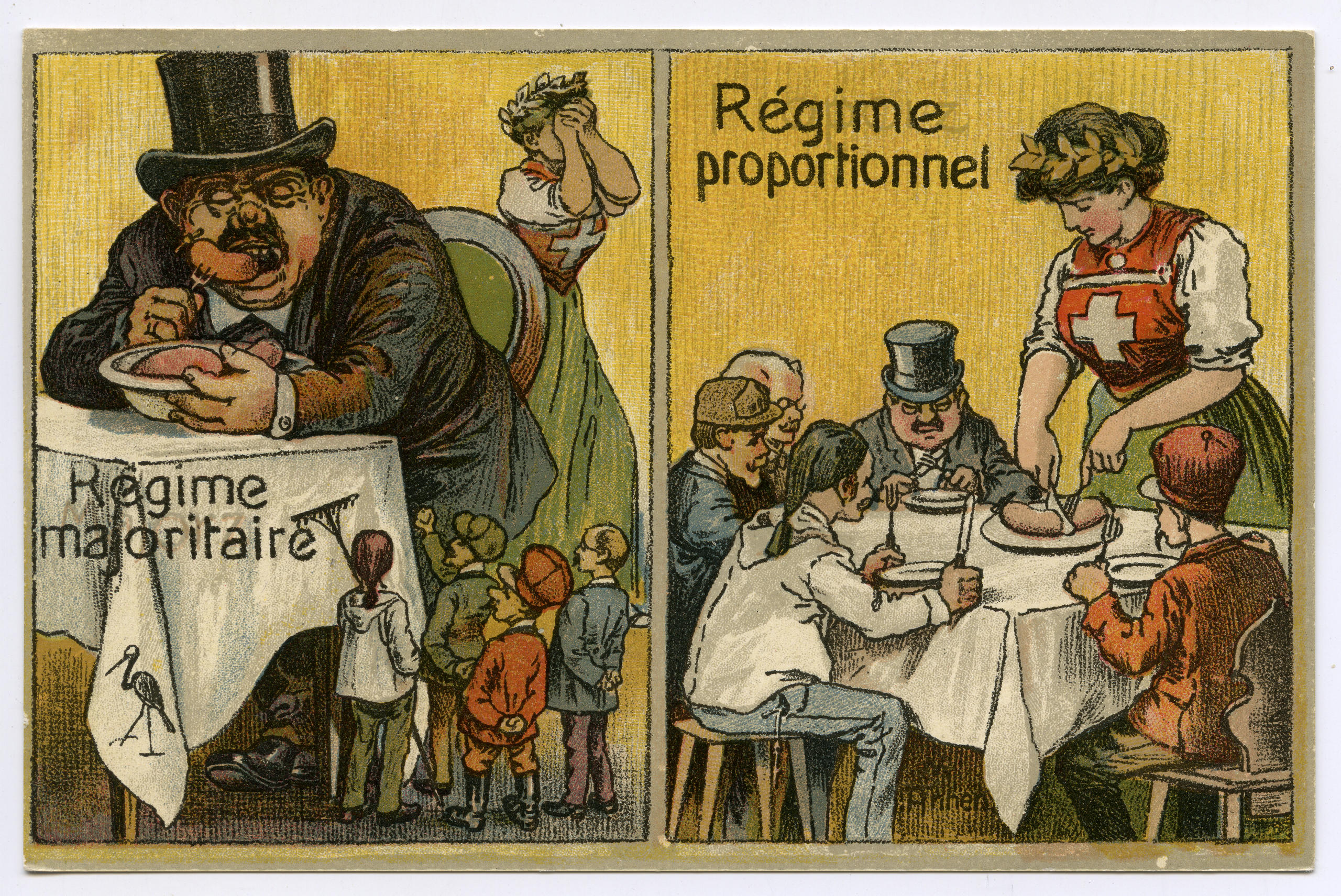When a democratic revolution rocked Swiss politics

One hundred years ago, a political earthquake brought about fundamental change as voters ended the dominance of the party of Switzerland’s founding fathers due to a new electoral system.
Switzerland’s political system is usually seen either as slow and unspectacular or as the recipe for the country’s success and stability. Nevertheless, watershed moments also exist in Swiss history.
One in particular, a century ago, happened at the ballot box – no bloodshed, no shots fired. Under a new electoral system, voters in 1919 reined in the Radical Party which had dominated the 189-seat House of Representatives since modern-day Switzerland was created in 1848.
In 1918, two-thirds of voters had come out in favour of a major overhaul of the electoral system, paving the way for consensus democracy in Switzerland and a fairer representation of citizens in politics.
The previous parliamentary elections, during the First World War in 1917, were held under a majority, ‘winner-takes-all’, electoral system. But after the 1918 nationwide General Strike, amid the threat of social upheaval, the authorities decided to hold early elections under a new proportional representation (PR) system – an unprecedented move in Swiss history.
The following graphic with vote results under the two different electoral systems shows two faces of Switzerland.
The Radicals clearly won the parliamentary elections of 1917, securing their dominant role in the House of Representatives. Two years later, however, the new PR system made the Social Democrats the second most important political group together with the Catholic Conservatives (a precursor of the Christian Democratic Party).
However, the main beneficiary of the 1919 elections was the Farmers, Traders and Citizens Party, notably in the German-speaking part of Switzerland. It won a total of 29 seats – 25 more than in the previous elections.
It is a somewhat ironic twist of history that this group, which was to become the rightwing Swiss People’s Party in 1971, had its first major political success more than 50 years before thanks to a people’s initiative which came from the political left.
Under a majority system, the party with the most votes takes all the seats of a constituency in an election. It goes at the expense of smaller groups.
The proportional representation system ideally attributes the number of seats according to the percentage of votes won by a political group in an election. It does not discriminate against smaller political groups.

More
How parliamentary elections work in Switzerland
Adapted from German/urs

In compliance with the JTI standards
More: SWI swissinfo.ch certified by the Journalism Trust Initiative













You can find an overview of ongoing debates with our journalists here . Please join us!
If you want to start a conversation about a topic raised in this article or want to report factual errors, email us at english@swissinfo.ch.